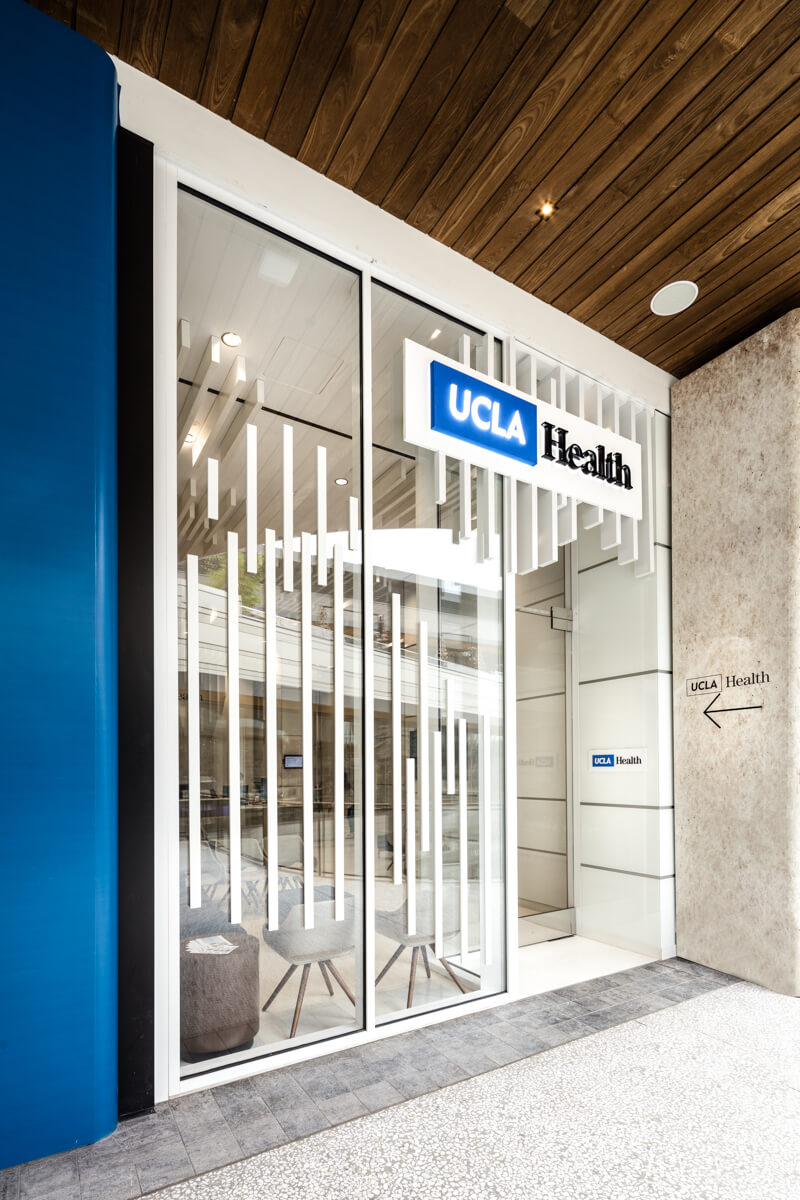Doors are the portal to your medical spaces. Making sure that it is intentional for your purposes and easy-to-use makes for a pleasant patient experience. Today, we bring you the basics on doors: the typical ones we use in the Medical setting and the accessories that require a little more thought to make your doors just right.
In a typical Medical Space, the following four types of doors are the most common:
- Swing Door
Swing doors are the most common of all door types. It’s the simplest door to operate and is pretty straightforward to open. The door leaf is hinged on one side and you swing in or out to enter a space. It forms a complete unit with the door frame and the jamb so soundproofing and even dust-proofing are possible with rubber gaskets placed all around the opening.Swing doors are not recommended for tight spaces because opening the door leaf itself eats into the space you’re walking into.
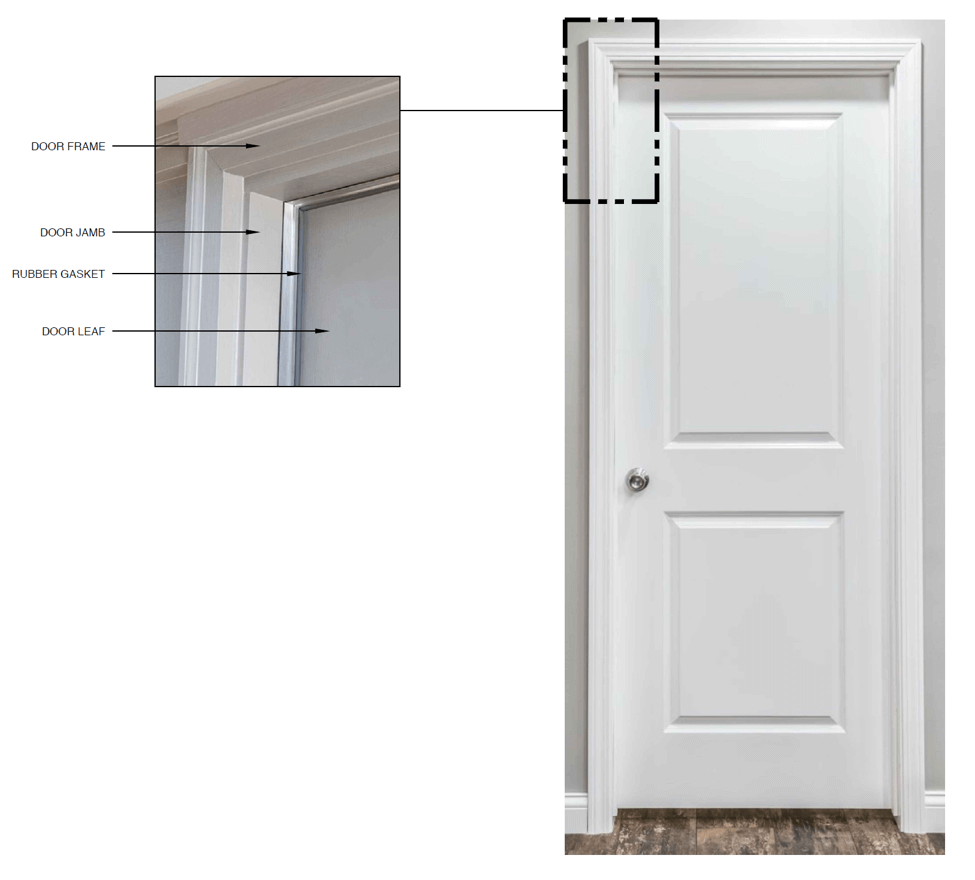
- Pocket Door
A pocket door, as the name suggests, is a door that slides into its own pocket. The appeal of these sliding doors is to save space. Pocket doors are an integrated door, being actually built into the thickness of the wall! This is where you include the pocket to hide the door. It looks cleaner and more integrated.Pocket doors however, do not do well to soundproof your room. Since the pocket wall is hollow, it has a lot of nooks where sound can travel. Also, the door is a hassle to repair due to its built-in nature. If you do decide to go with pocket doors, consider how it can be serviced or repaired in the future with removable wall panels.

Do not scrimp on the sliding hardware. Choose heavy-duty mechanisms from trusted brands; it does make a difference. A substandard sliding mechanism can cause difficulty in operating the door or worse – it can break apart and jam the room. - Barn Doors
Barn doors are another type of sliding door that is hung from surface mounted sliders. It doesn’t have its own pocket, so you see the door completely even in its open position. It is suspended so the hardware and its mounting on the wall are key. Rollers will be attached to the actual door and the track is the one suspended from above. As with the pocket door, choose quality hardware that can take the abuse.

- OR Doors
OR Doors are specially designed for the space it will serve its usually pivoted so they are double action to be able to wheel in and wheel out your patient. They usually have a glass panel so you would be able to see what is happening from the outside and be able to communicate with your team without opening the door and possibly contaminating the space. They can be one large panel or two and they are usually customized depending on your specific needs. They have stainless steel kick plates on both sides to make it durable and it makes the door face easy to clean.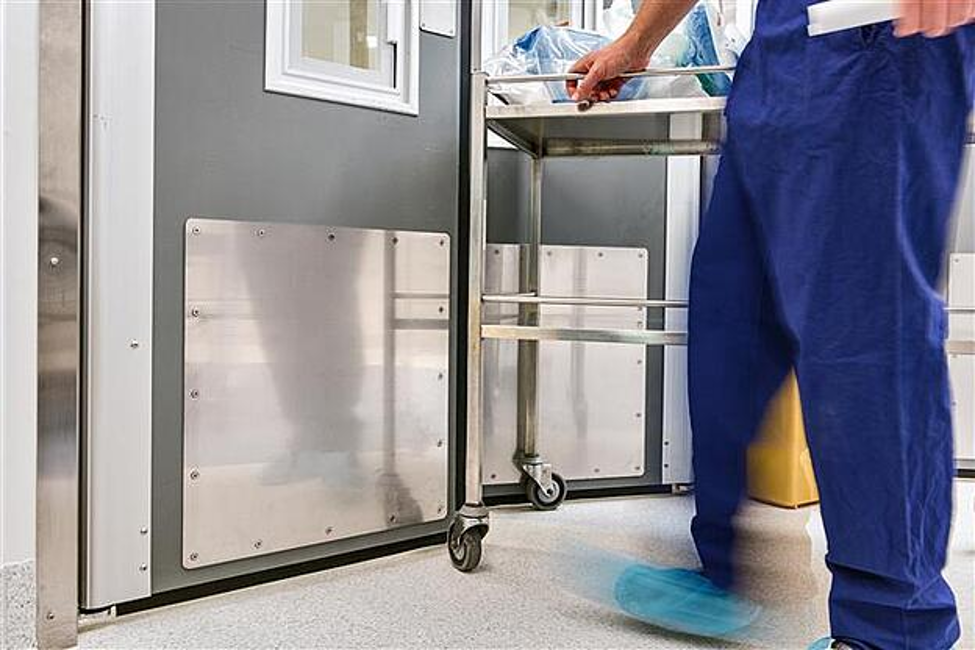
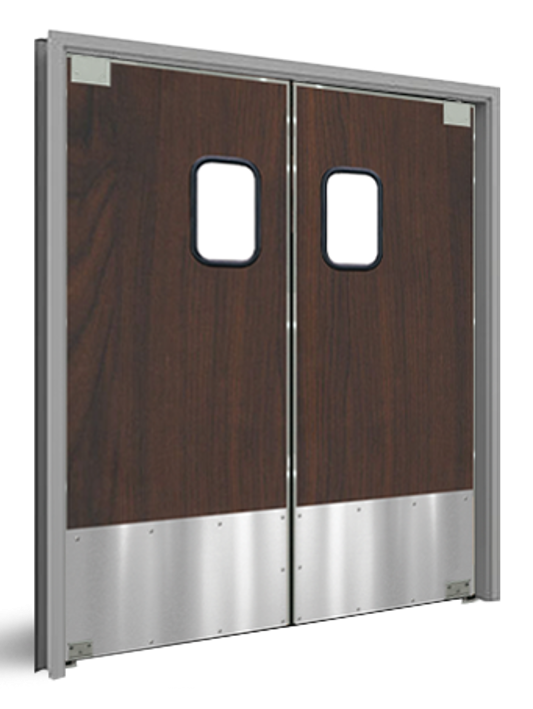
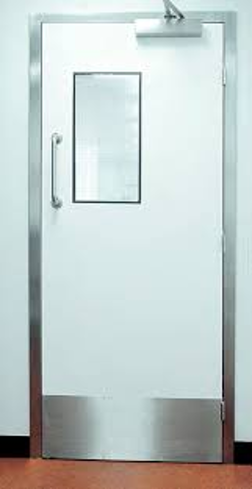
Materials
Doors come in a variety of materials. It can be solid wood which is beautiful but heavy. Other doors can even be made out of glass. No matter what the material may be, a key consideration when choosing materials aside from the look is the weight. The heavier the door, the more hardware is required to make it operable. MDF (Medium Density Fiberboard) is a versatile material made from wood fibers covered in a laminate, making it light and durable. The laminate skin can be made out of a variety of different patterns or colors and is easy to clean, making it a great option for a substantial but light door.
The doors that have glass inset panels into them serve to provide visibility like in the OR doors so you do not need to constantly open the door to be able to see in or communicate through visually. In some cases you would want to have glass panes but not completely transparent so frosted glass might be required. A cost-effective not to mention a flexible alternative to frosted glass is using frosted films which is like a sticker you adhere to get the desired effect on the glass.
Door Handles
The door handle is the single point of contact that operates a door. It’s a very important part and there are a lot of decisions to think of before ultimately choosing a specific type of door handle. See what type you need first. Do you need a simple twisting knob, a push plate, or a lever? Levers do better than twisting knobs especially for arthritic patients that need minimal effort to grip the handle to be able to turn. Now think of locks, do you need something that can be locked with a key? Will a simple privacy lock be enough with a keyhole that can be opened by any type of key? These do well in toilets where you can force access inside without a key on hand for emergencies. Do you need additional locking mechanisms for added security like a separate barrel bolt that guards in addition to your lockset? Without being too detailed about the choices, it will be helpful to think overall what each door really requires.
Hardware
It’s the hardware that makes the door.
Hinges in the case of swing doors need to be at least three per door panel, one placed near the top, another near the bottom and another on center. If you are inclined, you made add more because they will help make the door swing lighter. Another type of hinge is the concealed pivot hinge used in double swing doors like OR Doors. They pivot the door leaf from the bottom and the top instead of the sides to allow that double action of the doors.
Sliders that refer to both the rollers or the wheels and the tracks they go on make the sliding doors more expensive than their swing counterparts. Because they do carry the entire weight of the door panel from above, they need to be attached well and they need to be durable enough to withstand constant use. Having more wheels means that the weight of the door is distributed more and will make for an easier slide.
Aside from that basic door hardware, the next additional devices that can help improve your door experience. Door closers are mechanisms that have arms that extend with the door and retract to close on its own. Doorstops are devices that you can mount either on the door, the floor or the adjacent wall to protect the door from damaging the wall when opening.
There are a lot of things to think about with doors. It’s a set of decisions before you arrive at a specific design and needed accessories to make it just right. Walk around your space right now and see if you have these doors or hardware we have discussed here. Are they all working at the top-level? Do they need some replacement or repairs? Or if you are designing your new space consult with your design professional and with this new knowledge you learn here be equipped with a basic understanding of how they work and what door is best suited for your needs.
